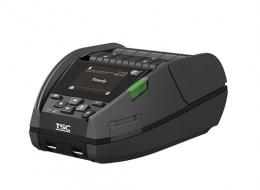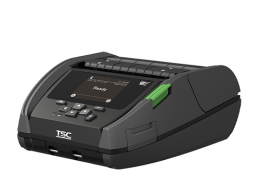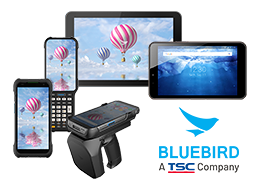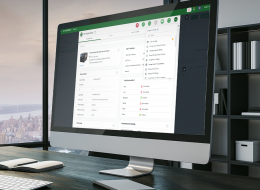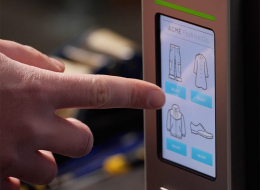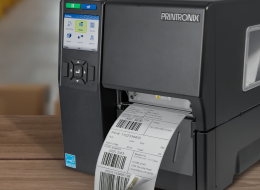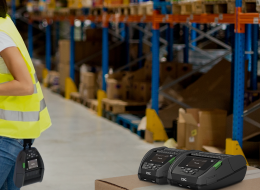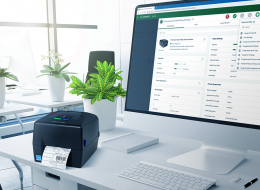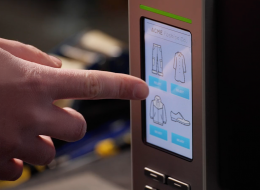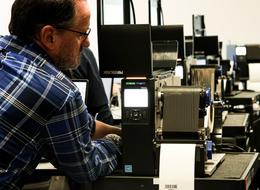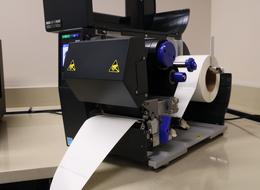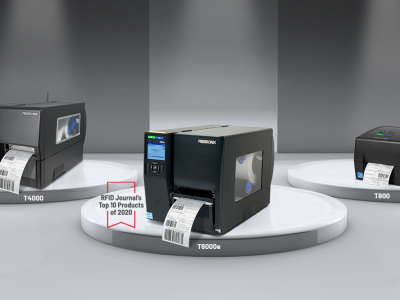Enhance Tracking of Returnable Transport Items (RTIs) with Our Rugged T6000e Enterprise Industrial RFID Printers
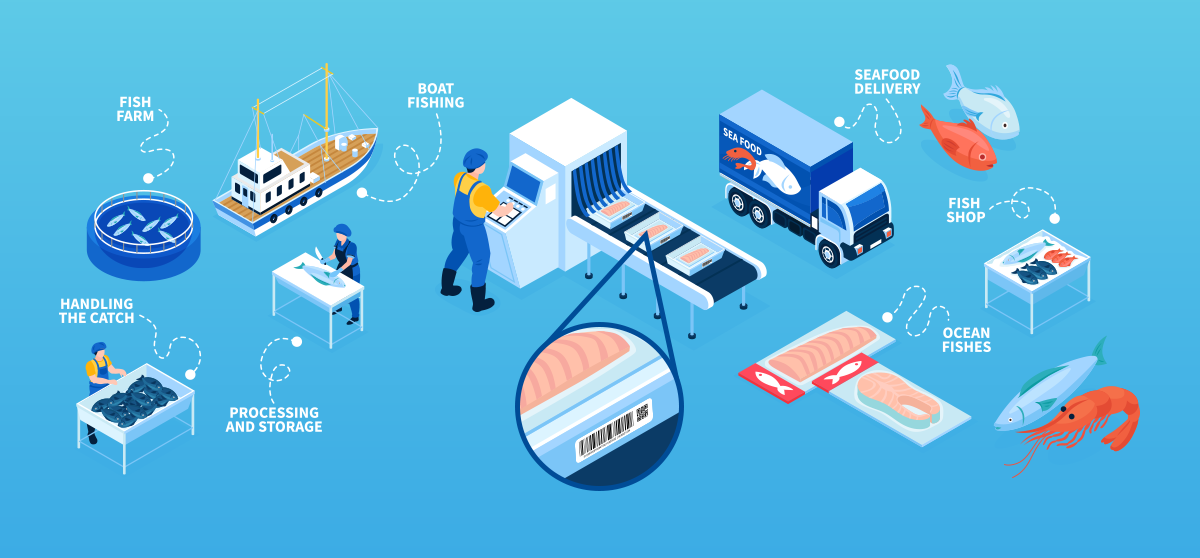
Fish processing is a multi-billion-dollar industry that involves extremely expensive machinery and facilities, labor, expertise, and numerous Returnable Transport Items (RTIs) to transport the fish and byproducts during their journey. Even basic plastic RTIs can cost hundreds of dollars and must be made of highly durable, food-grade materials that are able to withstand the harsh conditions and handling of a fish-processing environment.
These facilities can depend on our rugged T6000e Enterprise Industrial RFID Printers and their ability to print and encode challenging tag materials used for RTI labels, making it easier to track and manage RTIs.
Continue reading to learn about the challenges fish processing facilities face and how the T6000e enterprise-grade printer helps to solve them.
Manual Tracking in Demanding Environments Slow Down Operations
Fish processing facilities use hundreds, even thousands of RTIs in their daily operations and keeping track of them has traditionally been a major challenge. Manual management and harsh environments further complicate the process. Manual inventory and tracking processes require many labor-hours to complete and can cause loss of revenue, delayed arrivals, and errors. The lack of full visibility into RTIs and associated workflows becomes a major problem, leading to hundreds of lost or misrouted items every year. This becomes an issue and slows down operations or even halts them all together.
With harsh environments containing moisture, debris, and cold temperatures, the RTI labels required are often made of thick, durable, and stiff material. Many of the commercialized printers are unable to produce the print quality necessary and are not able to withstand the demanding environment of fish processing facilities.
Inventory Management Software Using RFID Printers Simplifies RTI Tracking and Management
Management should have full visibility into RTI inventory, location, and Work in Progress (WiP) using automated processes and business systems. The T6000e Enterprise Industrial RFID Printer solution for one of the world’s largest fish processing operations consists of software integrated into the processor’s main business systems, RFID readers, tunnels and portals. Our T6000e RFID printer can be used both on site at processing facilities and at a company’s main office for direct RTI labeling. This allows large quantities of new RTIs to be labeled before being routed.
The RTI labels are printed and encoded with unique serial numbers, then affixed to the various RTIs based on type and function. RFID-labeled RTIs are then tracked in real time, ensuring full visibility in the field. Inventory counts, location data, and sophisticated WiP optimizations are all achieved automatically, so there is no need to manually track or do inventory.
Why the T6000e Enterprise Industrial RFID Printer?
TSC Printronix Auto ID’s T6000e Enterprise Industrial Printers have a solid metal construction, which can withstand the harsh environments of fish-processing facilities. With an operating temperature range of 23° to 104° Fahrenheit and humidity range of 10-90%, this printer is built-to-last in environments that are cold or hot, contain moisture, and are subject to physical jolting. These printers support a multitude of printer settings and can be used with many different ribbon types, ensuring the best print quality and long-lasting labels.
With automated management software, labor-hours are cut back, conserving costs. Full visibility and real-time tracking of RFID-labeled RTIs prevent hundreds of RTIs from being mis-routed or lost. Large quantities of labels can be produced quickly with minimal errors, allowing operations to flow smoothly without interruptions.
To learn more about RFID solutions, please contact your local sales representative, or visit our RFID solutions webpage.

